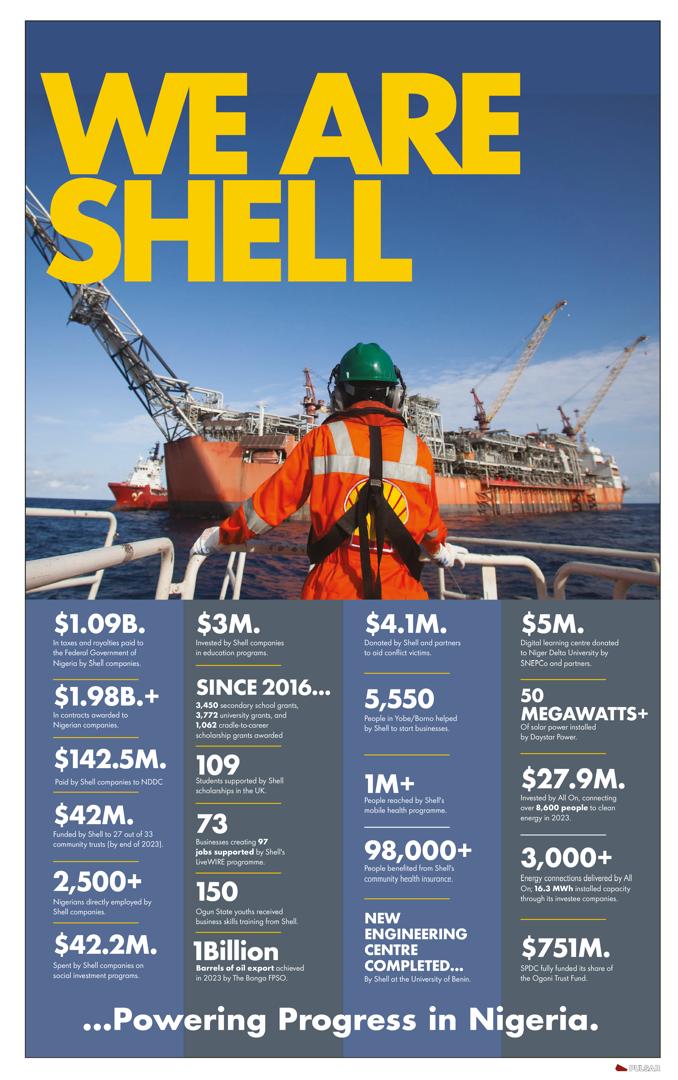EXCITING NEWS: TNG WhatsApp Channel is LIVE…
Subscribe for FREE to get LIVE NEWS UPDATE. Click here to subscribe!
By Ifeanyi Ugwuadu
The National Insurance Commission is the federal government’s regulatory agency for Nigeria’s insurance activities. One of its most important functions is to act as an adviser to the government on insurance matters. This function is advisory and persuasive in practice and does not in any way preclude the advised from seeking counsel from other sources. The regulatory diplomacy it embarked on more than 10 years ago when it started engagement with stakeholders to embrace its Market Development and Restructuring Initiative is good but has not yielded the desired results.
The right equation should have been to start from the known to the unknown. Uncharted paths are usually tricky to tread. The known here is what works and can easily be tapped.
In order to understand the MDRI concept developed by NAICOM, it is important to note that the regulator is saddled with the function of developing the insurance industry with the one per cent levy accruing to it from the revenues of underwriters including levies and fees charged to other players and insurers. Within the constraints of a Nigerian governmental body and systemic hurdles, the regulator had struggled to perform its role and as we usually would say, “they’re trying their best.” The development initiatives focus on driving compliance with compulsory insurance legislated by the Nigerian State. There are numerous such that even the average Nigerian are unaware of their existence and benefit.
Yet the ultimate beneficiaries are the Nigerian people, mostly uninsured and hard-working day-to-day population who are daily exposed to accidents. These laws compel the haves to compensate those who have not through insurance.
Justifying its development mandate, NAICOM claims it has, “collaborated with development partners to promote index-based agricultural insurance; licensed new insurance entities to increase the number of insurance operators and availability of insurance products in Nigeria; Facilitated financial inclusion by increasing the number of providers for the excluded and/or low-income segment and carried out learning sessions on micro-insurance and takaful.” In addition, it listed as part of its achievements the “Authorization of bancassurance to expand the distribution channels for insurance in collaboration with the CBN and commencement of “interface with some State Governments on compliance with compulsory insurances”. In all, the regulator specified 32 activities for the 5 goals it set for itself to be accomplished during the 4-year plan period ending in 2023. Great planning but it is still a work in progress and not an achievement as per verifiable outcomes.
Compulsory Insurance
Nonetheless, let us situate the compulsory insurance on the market development function of the Commission. The moribund Vision 2020 document fashioned by the Obasanjo administration identified 12 but factored only 6 for its revenue blueprint for the insurance market. The document forecasted a treasure chest of N6trillion by 2020 from the following lines of business;
▪ Motor insurance
▪ Cargo
▪ Public buildings
▪ Buildings under construction
▪ Health insurance
▪ Group life insurance
Unknown to school administrators, school buses meant to convey children to school must have comprehensive motor cover in addition to a general accident cover purchased by the school on behalf of the pupils. The Inland Waterways legislation named the Cabotage Act also makes compulsory all inland transportation inclusive of crafts, tugs, boats, vessels, cargoes and passengers. These legislations are meant to deepen insurance penetration in the country which today is less than 1%.
Interestingly, all these laws fall within the implementation purview of various agencies of the federal government and in some instances, duplicated by States. The regulator is pursuing a deliberate policy to have the States adopt and domesticate these within their own laws but with little success. A definite market development initiative which can anchor the partnerships NAICOM seeks to the constitutional deference to concurrence listing may be helpful. In such cases, NAICOM should clearly explain to the States how premiums accruing to it through compulsory insurance can impact on the State government functions. For instance, if a State enforces building insurance, how would the particular State’s fire service get the 1% under the existing revenue system?
Public Good Benefits of compulsory insurances
Insurance protection is for the public good of society. The laws were enacted to shield individuals, groups and corporate entities from undue exposure to bodily and financial loss in the event that the usual vagaries of living happen. Thus, to formulate appropriate messages to the public, the campaign thrust by NAICOM and the industry players should focus on the public good and benefits of compulsory insurance legislation. These messages should tie in with the expected behavioural changes and buy-in that would aid voluntary compliance. For instance, any skilled worker on a construction site should be informed about the insurance protection that the law imposed on the builder and owner for the good of society. There are several fatal cases of building collapse where there was no reported insurance compensation for the injured or victims’ relations.
The public building and buildings (2-storey and above) under construction are two laws enacted under the Insurance Act 2003 to compel owners of completed buildings and the ones being constructed to own the liability arising from any accidental harm to people that move in and out of the buildings. While the regulator and the industry awareness programs focus more on uptake and premium arising from compliance, less attention is paid to beneficiaries and benefits. No doubt, premiums are needed and the critical mass has to be built up to accommodate those claims that may eventually come, but investments in awareness campaigns should be more embracing to educate those people of interest. An awareness thrust targeting groups and associations are cost-effective and result efficiently.
Partnerships and industry strategic goal
Nearly 20 years since Insurance Act 2003 was enacted, the regulator and insurance companies had engaged with relevant government agencies to seek collaboration for the uptake of some key compulsory insurances but achieved little or no success. Many insurance companies do not have the resources to invest in long-term micro-insurance programs while partnerships with digital platforms is just beginning to take cognizance of the underserved segment of the population.
Certainly, compulsory insurance is only enforceable when the government that enacted the law shows interest in its compliance. The primary duty of the regulatory body should be to seek practical ways of enforcing compliance. Fortunately, a Minister of Communications and Digital Economy had been in place for about 4 years and this should have facilitated the design of a framework that would integrate with other APIs in both public and private sector domains to mine data and execute compliance.
Inter-regulatory partnership and inter-agency/State collaboration as being pursued by NAICOM are important and necessary but mass insurance should be micromanaged if large-scale success is to be achieved. In this regard, the regulator’s messages has always targeted public partnerships leaving out private collaboration to insurers. It’s about time to drill down and get to the people who will be the beneficiaries. In addition, the insurance Commission can formulate a baseline strategy that cuts across individual companies’ business protectionism and helps companies to share intelligence on how best to engage the various publics on insurance.
Cross legislative adoption
The Federal Fire Services, responsible to the Minister of Interior, is the highest corporate beneficiary of public buildings insurance. All 36 States also have fire service departments. But since 2003 when the law was enacted, it has not adopted it as legislation and thereafter begin to issue fire safety guidelines to include compliance with occupiers’ liability insurance. For the insurance market, the compulsory insurances are business and if the premium content is slow and investments in market growth is capital intensive, it is considered not profitable to the balance sheet, at least in the short term. However, for the fire service, the legislation helps to equip it in the discharge of the duties of maintaining and promoting safety and firefighting capabilities for the public good. The Act of parliament which established it may be reviewed for additional functions and empower it to certify buildings with strong penalties. The same applies to compulsory insurance for buildings under construction. Federal and State building agencies charged with the role of approving and maintaining standards in the building market may adopt this in their codes and enforce compliance at the appropriate approval stage.
Motor insurance remains the most popular and already the Federal Road Safety Commission has part legislation that compels it to enforce compliance with motor insurance. In addition, the revenue side of motor licensing at both Federal and State licensing offices demands motor insurance as a prerequisite for the issue and renewal of motor licenses. Integration, adoption and technology hold the key to successful enforcement.
A collaborative effort by both PENCOM and NAICOM has not brought as much compliance to group life insurance, made compulsory under the pension Act, as it has for pensions. But this can change for good if the insurance regulator plugs properly the same subtle enforcement deployed by the pension regulator.
Voluntary Compliance
Most people resist any expense that does not have the immediate benefit and most insurance policies do not have such promises. Insurance promises a certain future that may or may not happen. The idea of having to pay a premium which has one-year validity after which you start to pay again is not exciting to many individuals. So, the winning strategy is to make insurance uptake convenient, accessible and solution-driven. The simple fact that all compulsory insurances are regulated and standard rates apply, it should be a spur for an industry team to tinker with product design, technology and delivery for the mass market. A consortium for the market may be set up. If the effort is accountable and well structured, it may attract seed capital from World Bank agencies for Sustainable Development Goals (SDGs).









